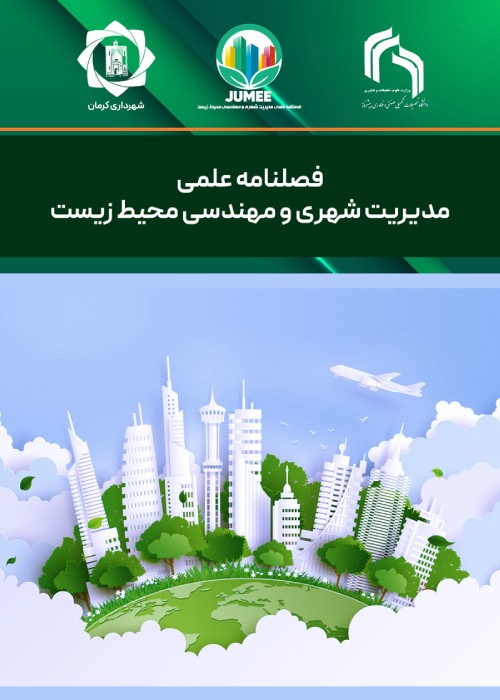Comparative comparison of regeneration of brown lands, gray lands and ineffective texture case study: District 3 and 4 of Kerman city
One of the new methods of intervention in old and inefficient neighborhoods is the approach of regeneration. In fact, re-creation is an attempt to revive, revive and regenerate the city, or in other words, to revive the tissues in the city, which were used for commercial and industrial purposes in the past. Now they are abandoned and unusable due to pollution and other problems, so they are not compatible with the society. Today, these lands are called brown and gray urban lands that have survived the development process. Through the control, redevelopment and regeneration of these lands, environmental pollution, problems and threats are reduced to a great extent and can attract and create new jobs, increase the quality and attractiveness of the localities, and also Creating a new urban space by maintaining the main spatial features (physical and functional). This research has been compiled by descriptive-analytical method with the aim of evaluating brown and gray lands with the approach of urban regeneration. In data collection, library and field methods and a researcher-made questionnaire tool were used, and the hierarchical analysis technique (AHP) was used as the main basis of the research analytical model for ranking and valuing economic sub-indices social, physical and environmental have been used. The findings of the hierarchical analysis model on the prioritization of the dimensions affecting the regeneration of brown and gray lands, respectively, on the price of land with a relative weight (0.431), the need for housing with a relative weight (0.285), personal and social security with relative weight (0.384), social harms such as insecurity and delinquency with relative weight (0.217), the potential and capabilities of brown and gray lands with relative weight (0.352), facilities and infrastructure with weight relative (0.230), decrease in environmental quality and increase in pollution with relative weight (0.376), decrease in environmental health and increase in diseases with relative weight (0.329) means that after calculating the weight of the sub-criteria, the ratio of CR (Compatibility) was evaluated. The condition for accepting the work result is that the CR ratio is less than 0.1. It is worth mentioning that the CR ratio in this research was 0.16, 0.06, 0.09, and 0.08 for each index, which indicates the acceptability of the result.
- حق عضویت دریافتی صرف حمایت از نشریات عضو و نگهداری، تکمیل و توسعه مگیران میشود.
- پرداخت حق اشتراک و دانلود مقالات اجازه بازنشر آن در سایر رسانههای چاپی و دیجیتال را به کاربر نمیدهد.




